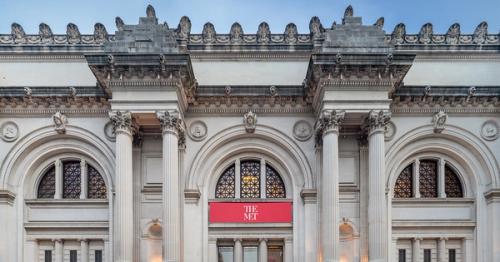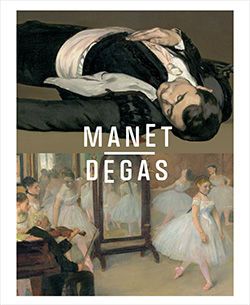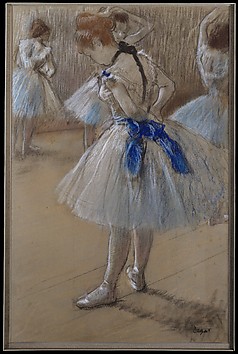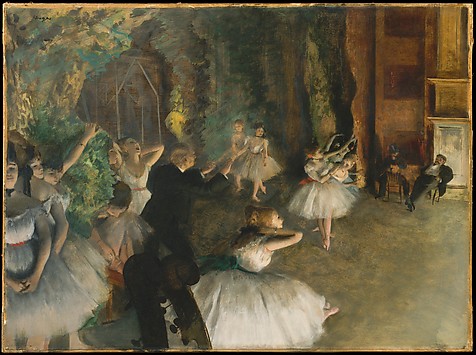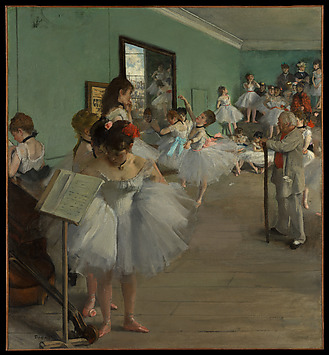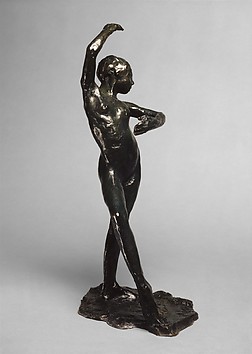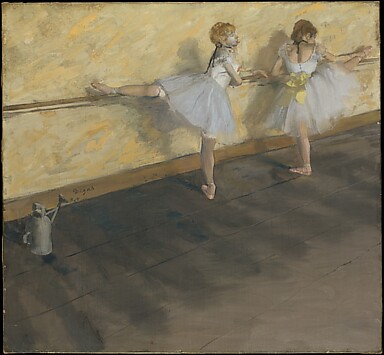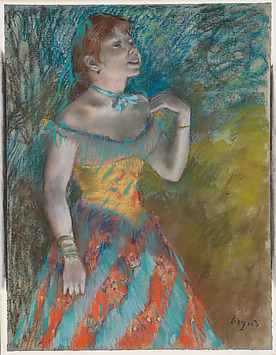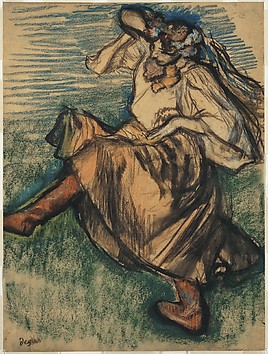Degas, the catalogue of the first large-scale retrospective exhibition of the work of Edgar Degas (1834–1917) to be held in more than fifty years, is the permanent record of the 1988–89 exhibition jointly organized by the Réunion des Musées Nationaux, Paris, The National Gallery of Canada, Ottawa, and The Metropolitan Museum of Art, New York. Comprehensive in scope and definitive in nature, this volume includes paintings, pastels, drawings, monotypes, prints, photographs, and sculpture representing every aspect of the career of one of the protean artists of the nineteenth century. As a result of extensive research conducted in libraries, archives, and private collections in Europe and North America, dozens of previously unpublished letters and hundreds of little-known documents here provide an unparalleled source of information on the life of this extraordinary artist, bringing to a new level of precision our understanding of his working methods, his subjects, and his patrons. In recent years, there has been a spate of publications devoted to the work of Degas. All of them have been defined either by the specific character of a particular collection, or by thematic or chronological divisions. The present volume, five years in the making, unites all the various facets of Degas's artistic personality and presents his oeuvre as a totality, rich in its variety, relentless in its experimentation, and constant in its commitment to the human figure portrayed within the context of modern urban life. The book is divided into four sections, each corresponding to a period in Degas's life: his work as a student in Rome until the 1872 trip to New Orleans; early maturity, 1873–81; mid-career, 1881–90; and late work, 1891–1912. Each section is introduced by a general essay and a detailed chronology that identifies the central issues and events—trips abroad, exhibitions, sales to dealers, contacts with other artists, and cultural outings—relevant to those years of the artist's life. Each of the 392 works in the exhibition is fully illustrated and discussed in individual entries that include a selected bibliography, a list of exhibitions, and a complete history of previous owners. The evolution, through exquisite preparatory drawings, of the artist's ambitious history paintings of the 1860s is fully documented. Great family portraits, such as the monumental Bellelli Family of the 1860s, are considered in relation to Degas's self-portraits and portraits of his colleagues Tissot, Cassatt, and Manet. Degas's lively depictions of racetrack scenes and jockeys are examined in works ranging from the 1860s to the early 1900s. His ballet pictures are studied with equal comprehensiveness, from his first treatment of the subject to such key paintings of the 1870s as the two versions of The Dance Class to the last brilliantly worked pastels. Each of the series of Degas's maturity—laundresses, milliners, brothel scenes, landscapes, and bathers—is documented with major works in oil or pastel and supplemented by related drawings, bronzes, monotypes, and prints. A special effort has been made to include works that are little known (for example, Degas's photographs), and an emphasis has been placed on works made early in the artist's career—largely in Italy—and late in his life, when he achieved in his bathers, coiffures, and dancers a powerful fusion of bold line and intense color.


